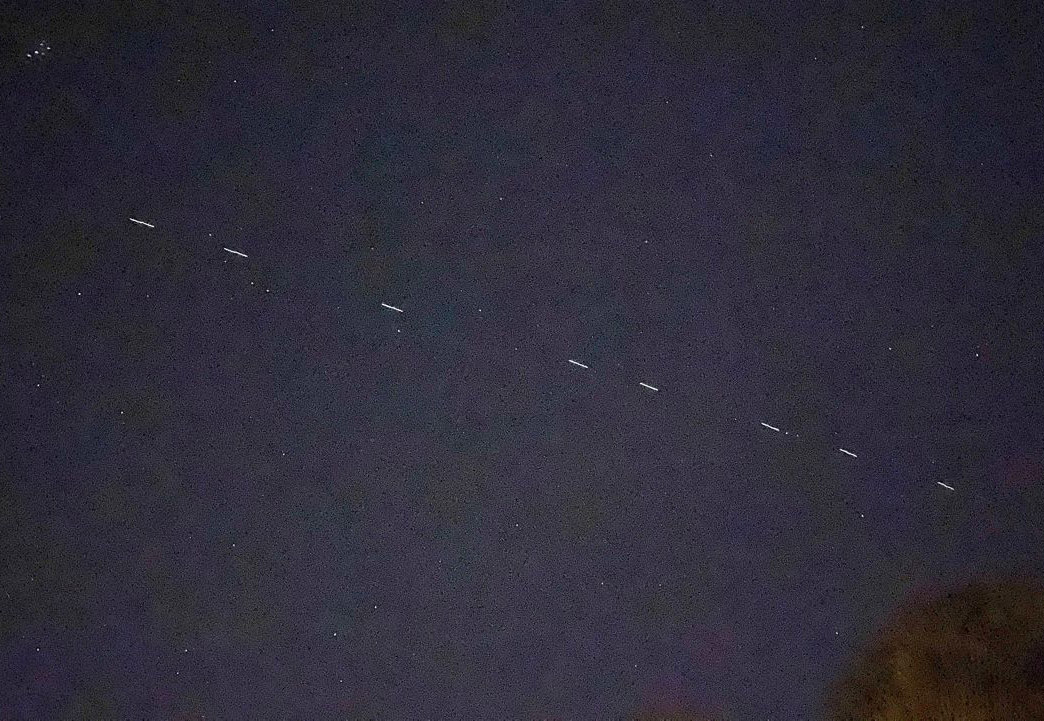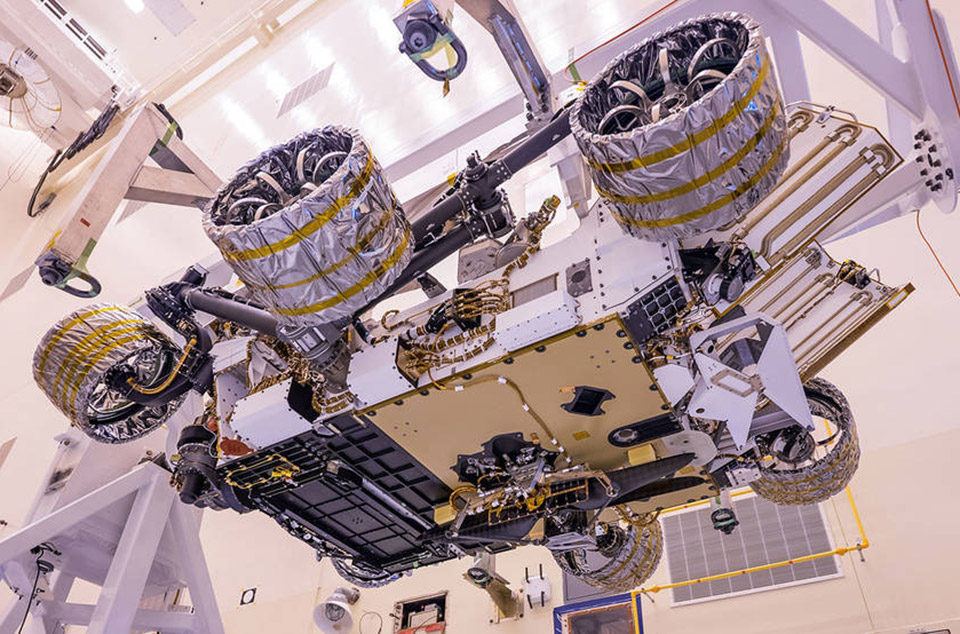
NASA is celebrating the 30th anniversary of the Hubble Space Telescope with a stunning “Cosmic Reef” image, which depicts a firestorm of starbirth in a neighboring galaxy. What you see here is a giant red nebula (NGC 2014) and its smaller blue neighbor (NGC 2020) are part of a vast star-forming region in the Large Magellanic Cloud, a satellite galaxy of the Milky Way, located 163,000 light-years away.

Elon Musk’s SpaceX successfully launched an additional 60 Starlink satellites into orbit today (April 22nd) and made a perfect rocket landing at sea to complete the mission. The Falcon 9 rocket lifted off at 3:30 p.m. EST from Launch Pad 39A at NASA’s Kennedy Space Center here, marking the 84th Falcon 9 flight. Read more for the launch video and additional information.

Astronomers thought they had discovered an exoplanet beyond our solar system, but now, it has suddenly vanished from sight. They theorize that the full-sized planetary object, which was first photographed in 2004, could instead be a vast, expanding cloud of dust produced in a collision between two large bodies orbiting the bright nearby star Fomalhaut.

Your eyes aren’t playing tricks, these may appear to be UFOs dancing through the sky at first glance, but rest assured, these are all known objects. Elon Musk’s 60 SpaceX Starlink satellites, launched into space earlier this year, regularly appear in a line crossing the night sky. Stargazers have been able to use apps and websites to check when they can spot the display. Read more for a video and additional information.

NASA has plans to make oxygen on the Moon using gold. That’s right, they are converting carbon dioxide into oxygen using equipment attached to one of its rovers that will be launched to the Moon, or in other words, a golden box called the Mars Oxygen In-Situ Resource Utilization Experiment (MOXIE). The golden box itself will be made of gold to assure that the impact with any nearby electronics boxes inside the space rover will be minimal. Read more for a video and additional information.

Photo credit: Science Creeks
NASA is funding the Lunar Crater Radio Telescope (LCRT), a meshed telescope inside a crater on the far side of the moon. This is the face of the moon that is permanently positioned away from Earth, with very little radio interference from humans. This telescope would have great advantages compared to telescopes on our planet, and would stretched across the crater by NASA’s DuAxel Rovers.

Scientists have discovered a star “dancing” around Sagittarius A*, the supermassive black hole at the center of the Milky Way galaxy, that moves just as Einstein predicted with his general theory of relativity. The team has studied it for 27 years using European Southern Observatory’s Very Large Telescope in Chile’s Atacama Desert, hoping to unravel the mysteries of the gargantuan black hole at the heart of our galaxy. Read more for a video and additional information.

NASA researchers have discovered a potentially habitable Earth-sized exoplanet located around 300 light-years away, spotted by the Kepler space telescope between 2009 and 2018. It’s officially called Kepler-1649c and 1.06 times larger than Earth, receiving about 75% the amount of light that our planet gets from the sun. This means surface temperature of the exoplanet could be similar to that of Earth. Read more for a video and additional information.

An ancient star that was tore apart by a giant explosion, up to 100-times larger than our sun, created a supernova which shines twice as brightly as any other in the universe. It released 10 times the energy of a normal-sized supernova, and scientists believe that two stars may have even merged just before the blast occurred. Read more for a video and additional information.

NASA’s Mars 2020 Perseverance rover is set to open in approximately 14 weeks and final preparations of the spacecraft continue at the Kennedy Space Center in Florida. The team has successfully mounted the Mars Helicopter, which will be the first aircraft in history to attempt power-controlled flight on another planet, onto the rover. Read more for additional information.



